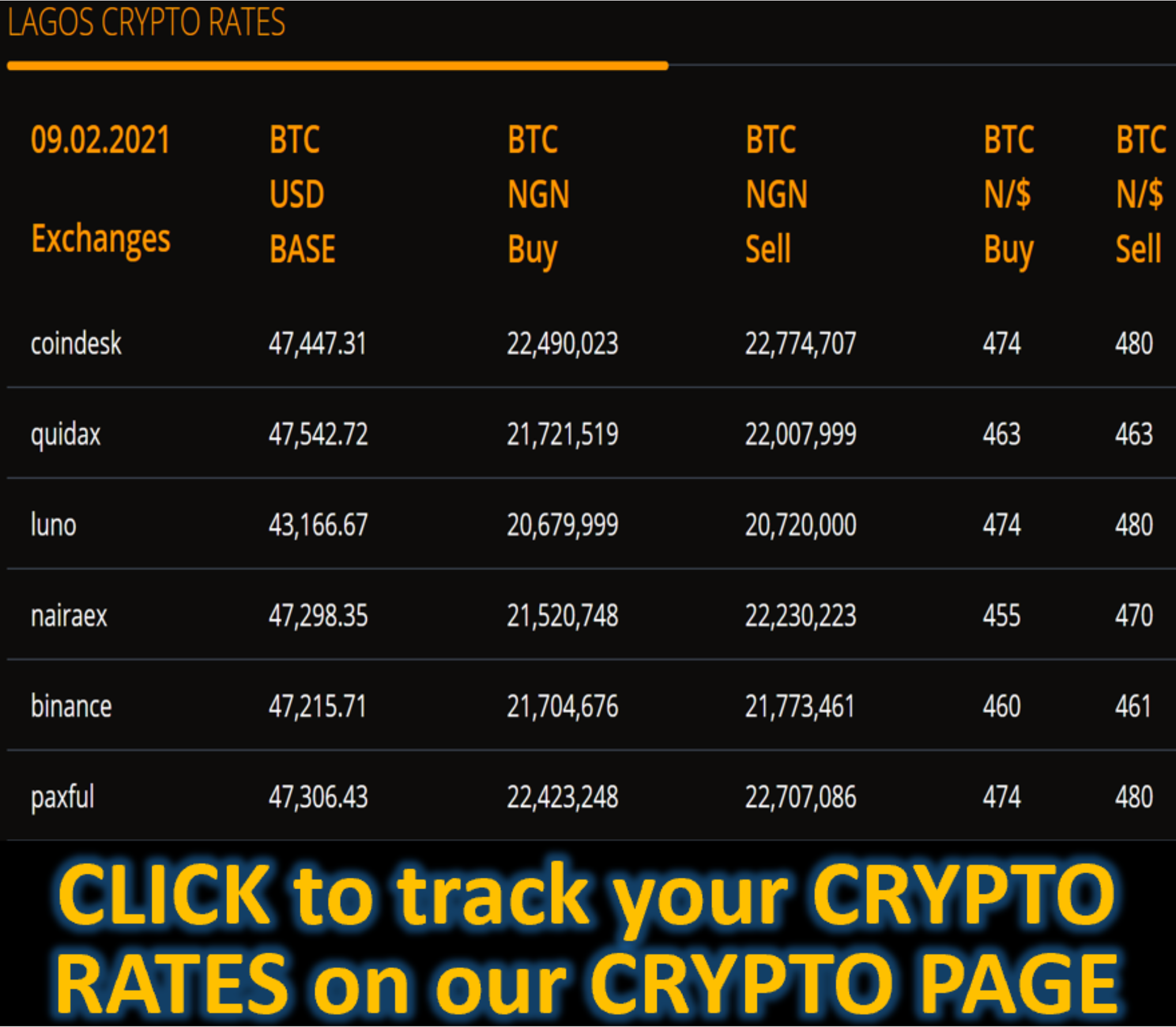Market News
Nigeria Becomes Africa’s 2nd-Largest Solar Importer, Trailing Only South Africa - THISDAY
Amid Nigeria’s expensive and unreliable on-grid electricity supply, the country’s residents and businesses are now opting for alternative sources, with the continent’s most populous nation emerging as the second highest importer of solar panels in Africa in the 12 months spanning to June 2025.
According to new data from energy think tank, Ember, Nigeria imported 1,721 MW of solar panels, overtaking Egypt and trailing only South Africa during the period under review, as the continent’s renewables equipment imports rose 60 per cent year-on-year to reach 15,032 MW, compared to 9,379 MW in the previous 12 months.
In all, 20 countries set new import records, as South Africa led Africa’s solar push during its 2023 power crisis. According to the report,the cost of a solar panel in Nigeria can be recouped in less than six months by avoiding diesel expenses.
Aside from expensive band ‘A’ billing, Nigeria has recently raised fuel prices by around 400 per cent, making solar an attractive alternative for businesses and households struggling with soaring energy costs and high reliance on generators.
According to the Ember report, nine of Africa’s top 10 solar importers, refined petroleum imports outweighed solar by a factor of 30 to 107 times, as renewables continue to reshape the country’s import bill and energy mix.
In the same vein, the report stated that the vast majority of Africa’s solar panels came from Chinese imports. That is because China produced 80 per cent of the world’s solar panels in 2024, and is by far the biggest exporter.
“Africa’s solar panel imports set a new record in the 12 months to June 2025, reaching 15,032 MW — a 60 per cent increase on the 9,379 MW imported in the preceding 12 months. The surge in solar is happening across the continent. Twenty countries set new records for solar panel imports in the 12 months to June 2025.
“All those had imports of at least 30 MW; a further seven countries also set a record, but for much smaller volumes. The growth rate in some countries was very high…Perhaps the biggest surprise in the data is that 25 countries imported 100 MW or more – up from 15 countries 12 months before.
“South Africa remained the biggest solar importer in the 12 months to June 2025. Nigeria was second, overtaking Egypt in the last 12 months, and Algeria rose to third place. The volume of solar panels imported over the past 12 months has the potential to significantly increase power generation in many African countries,” the report stated.
Besides, Algeria imported 1,199 MW in the past year, while nations like Zambia, Botswana, and Sudan recorded exponential growth rates. Smaller economies, including Liberia, Benin, Angola, and Ethiopia, also more than tripled their solar panel imports.
Many of these solar panels will directly replace diesel generation – and therefore replace oil imports, the document stated. Wood Mackenzie research from 2022 estimated 17 countries had more diesel generator capacity than on-grid power plant capacity – with 28 GW in Nigeria, 10 GW in Ghana and 8 GW in Kenya.
According to the report, in the last 12 months alone, solar panel imports into these countries was 1.7 GW, 0.3 GW and 0.5 GW respectively.
“A solar panel can pay back imported diesel within months. In Nigeria, a 420 Watt solar panel retails for around $60 ($0.14 USD/watt), and would produce 550 KWh in a year. At the current diesel price of $0.66 per litre, $60 of diesel would make only 275 KWh of electricity, implying a payback time of just six months.
“Even with the recent diesel price rises in Nigeria, diesel is twice as expensive in many other African countries, meaning an even shorter payback period elsewhere. These calculations reflect only the solar panel cost, excluding additional costs for fixtures, inverters and installation.
“Of course, the value of solar for African countries is not only in diesel replacement, but also in enabling economic growth through more reliable, cleaner and cheaper electricity access,” the Ember report added.
Over the course of the past year, the Ember data indicated that Chinese companies shipped out solar equipment to a vast range of countries on the continent, according to the analysis of Chinese export data by Ember, the energy tracking group.
“The volume of solar panels imported over the past 12 months has the potential to significantly increase power generation in many African countries,” Ember’s report said.
The report also confirmed China’s global ascendance in the manufacture and sale of renewable energy technologies. Its companies make the vast majority of solar panels, along with the cells and wafers that go into them.
Its influence in the world rests, in large part, on persuading people in the developing world that they can produce cheap electricity from the sun. The price of Chinese panels has fallen sharply because of overproduction of solar equipment inside China. Chinese firms desperately need new markets. African countries offer huge ones.
More than 600 million people on the continent lack access to electricity. Power outages are common even where there are electricity connections, which has in recent years led businesses of all kinds to turn to noisy, polluting diesel generators.
Emmanuel Addeh









